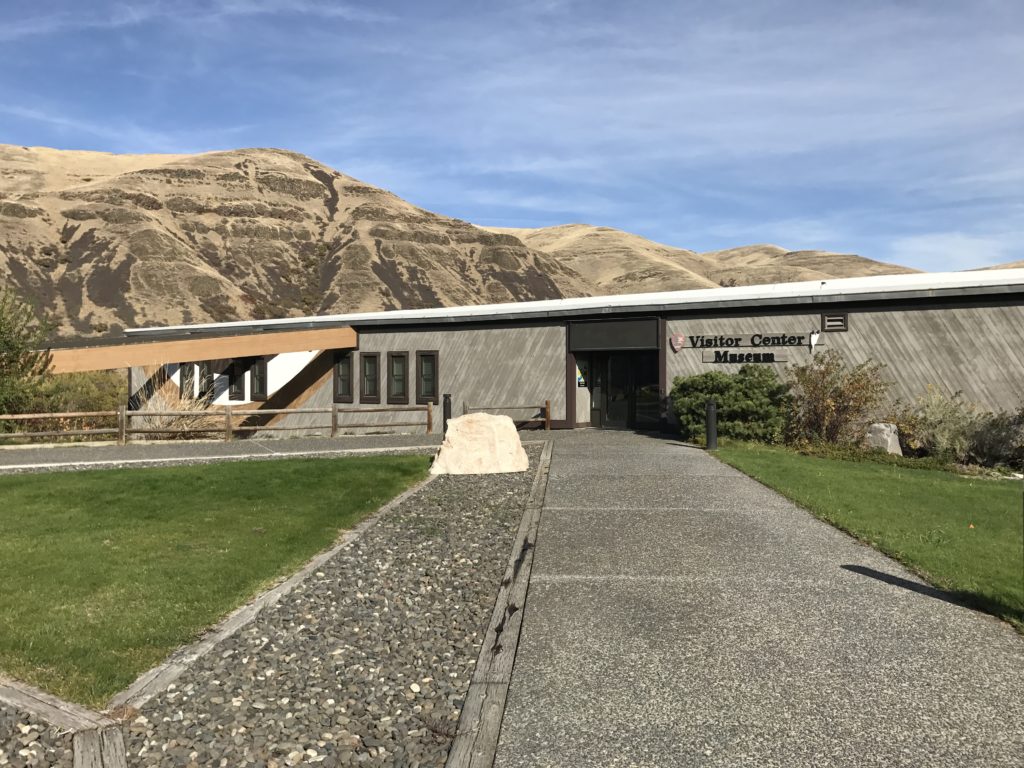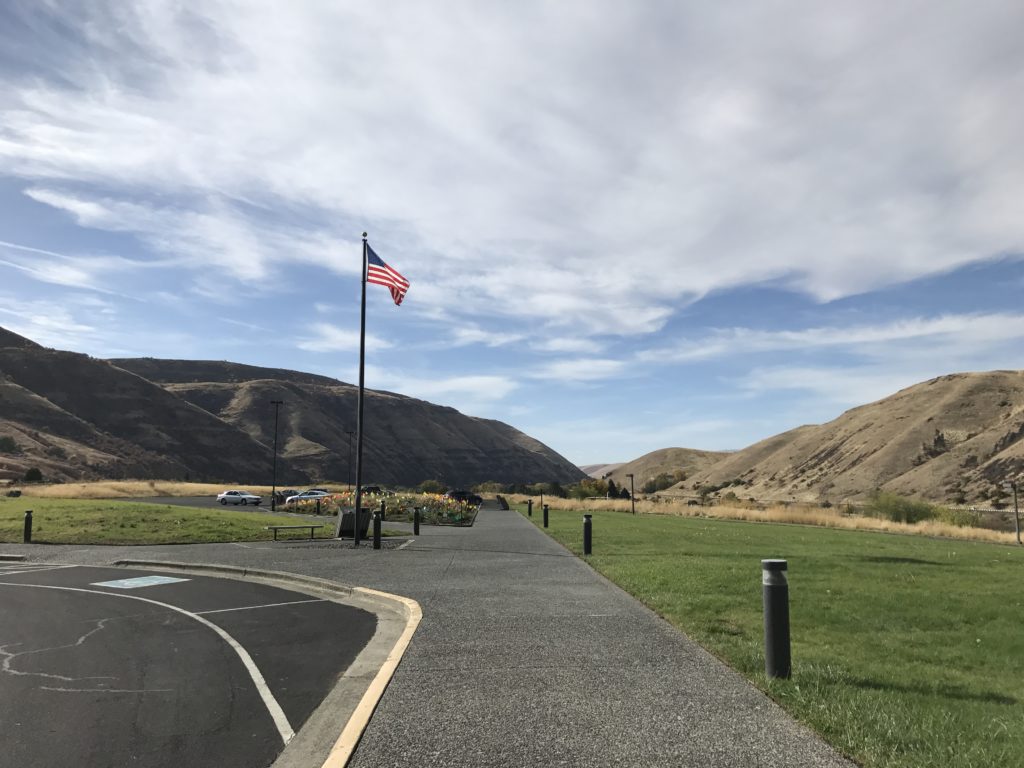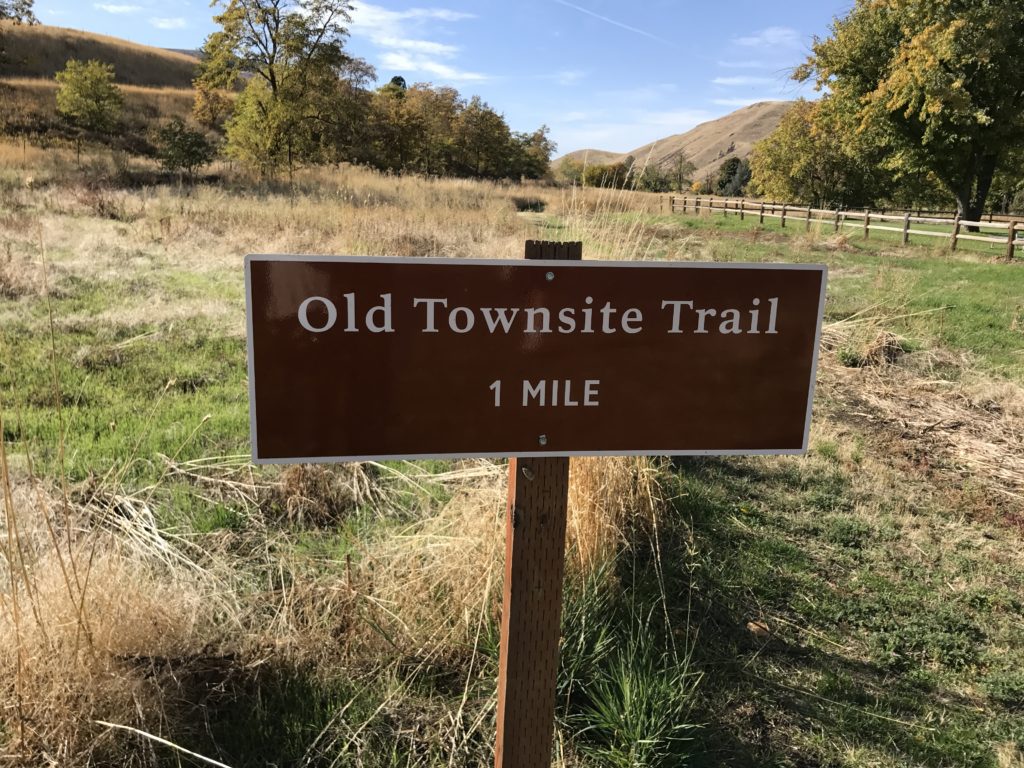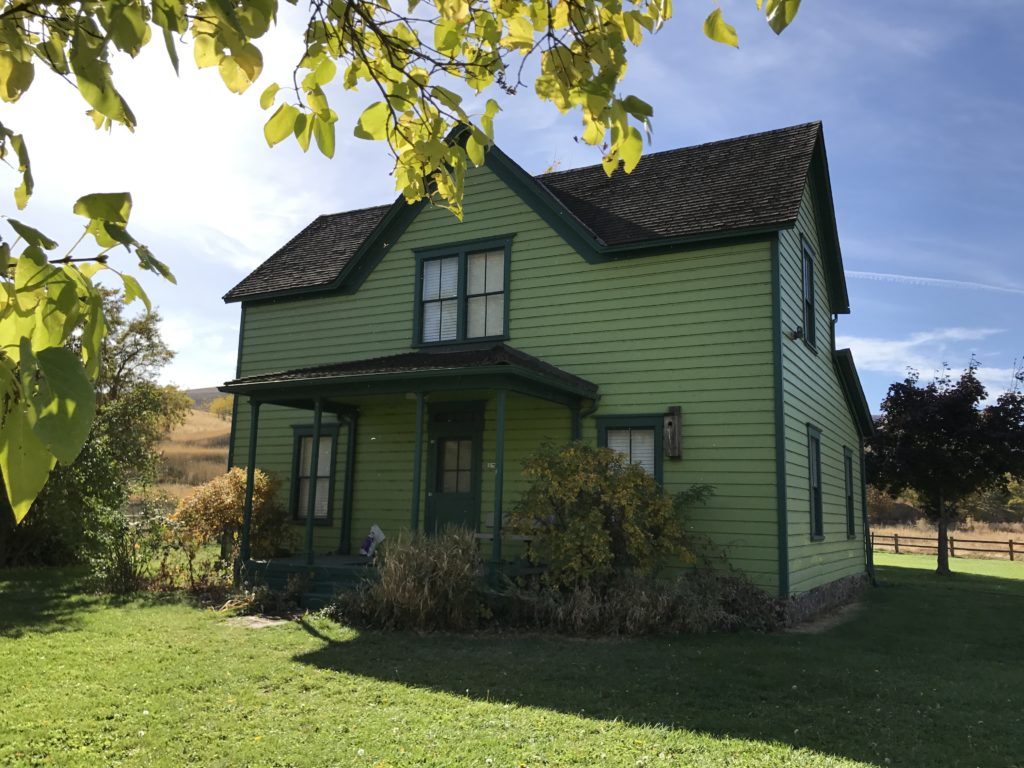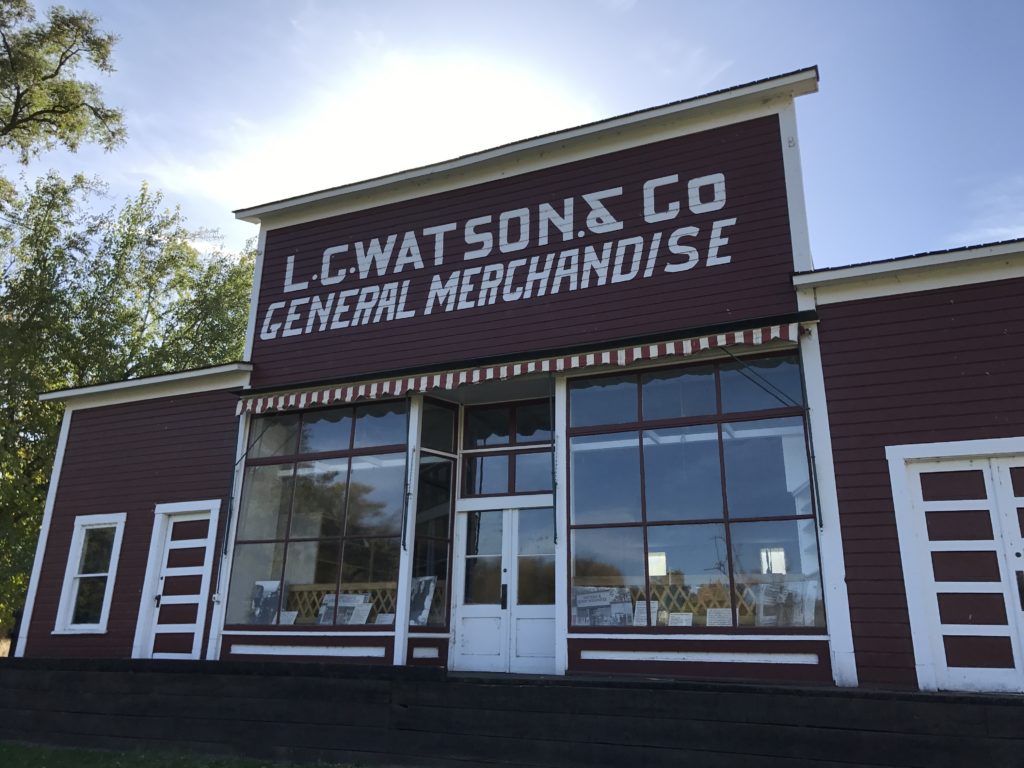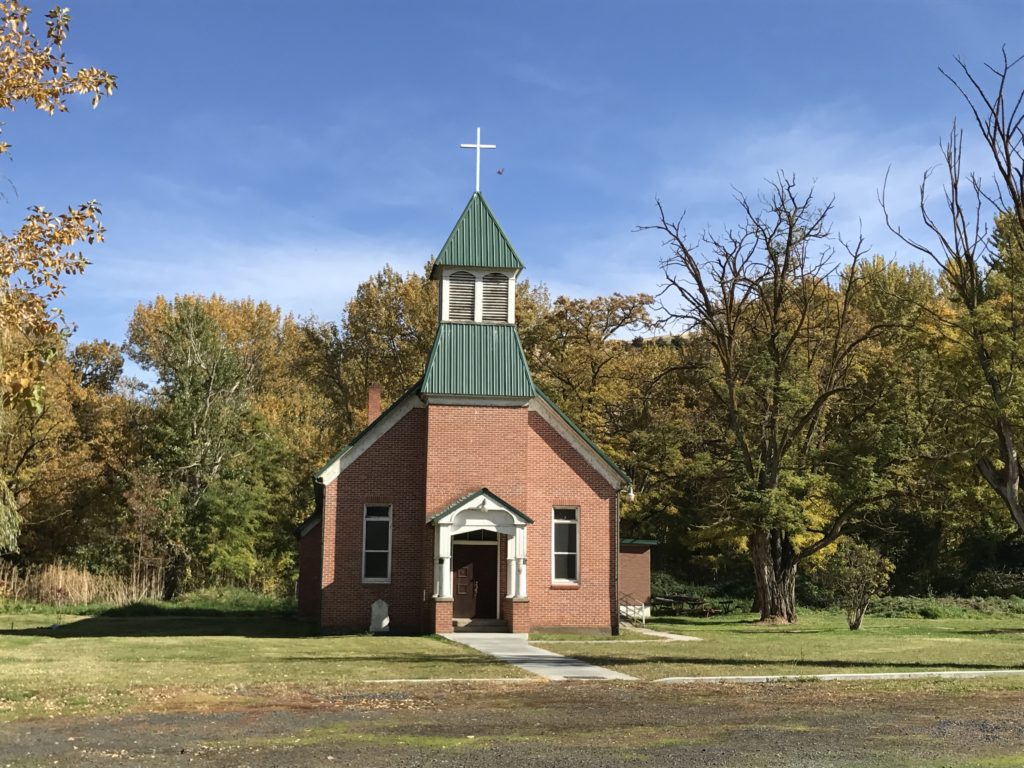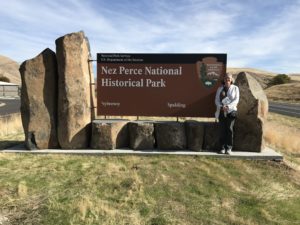 During our time in eastern Washington, Tom and I drove a couple of hours just over the border into Idaho. We wanted to visit all the national park sites in the area. The Visitors Center for Nez Perce National Historical Park is located in Spalding, Idaho. The Visitors Center is located on the bank of the Clearwater River and on the edge of the Nez Perce Reservation.
During our time in eastern Washington, Tom and I drove a couple of hours just over the border into Idaho. We wanted to visit all the national park sites in the area. The Visitors Center for Nez Perce National Historical Park is located in Spalding, Idaho. The Visitors Center is located on the bank of the Clearwater River and on the edge of the Nez Perce Reservation.
Nez Perce National Historical Park is a different kind of national park. Although there is a Visitors Center, the park is composed of 38 different sites in Idaho, Montana, Oregon, and Washington. These diverse sites tell the story of the Nez Perce people and their interactions with white settlers. The park is a partnership between the National Park Service and the Tribe.
With 38 sites in four states you have to pick and choose which of the historic sites you are interested in seeing. Tom and I spent some time in the Visitors Center. We viewed the movie, which focused on preserving the tribal language. The Visitors Center has a large area where the Nez Perce spend time interpreting their culture for visitors.
When we were done in the Visitors Center, we walked down the hill to the Lapwai Mission site. The mission was established by Henry and Eliza Spalding the same year as the Whitman Mission, 1836. The Spaldings taught and evangelized the Nez Perce, generally having more success than the Whitmans. Eliza was especially well liked by the women of the tribe because she learned their language and treated them as equals. The Spaldings moved to Oregon after the deaths of Marcus and Narcissa Whitman, although Henry returned in 1859 to teach.
Tom and I walked by the Indian Agent house and strolled on a bridge over Lapwai Creek. We saw the foundations of the Spalding House and a monument erected by the DAR to the Spaldings in 1923. There is an old cemetery that has been in use since the days of the mission. A Presbyterian church on the grounds was the first church established in Idaho.
The other sites of the Nez Perce National Historical Park tell the stories of other interactions. The Tribe was helpful to the Lewis and Clark expedition and traded with them.
In 1855 over 1,000 Nez Perce traveled to Lapwai to negotiate a treaty with the United States Government. All of the bands of the tribe were represented. The 1855 treaty established a 7.5 million acre reservation across Idaho and parts of eastern Washington and Oregon. The tribe was committed to this treaty and still view this treaty as a binding agreement between the United States government and the tribe. The treaty was ratified by Congress, unlike many of the other Indian treaties of the time.
Unfortunately gold was discovered in the area, and mass trespass by miners and settlers soon encroached on the tribal lands. At first the US Army tried to enforce the treaty and keep the miners and settlers out of the area. But the numbers were soon so overwhelming that the government forced another treaty. In 1863, government representatives met with a few tribal chiefs and forced them to sign a new treaty that reduced the tribal lands to 750,000 acres. This became known as the “Steal Treaty” because the chiefs who signed the treaty were the ones who retained their tribal lands while the land belonging to the other bands was stolen. Chief Joseph described it as “forcing my neighbor to sell you my property.”
When the government tried to force all the Nez Perce people onto this very small area of land, they tried to run away to Canada. United States soldiers pursued them and forced them to choose between fighting or going back to the reservation. Under the leadership of Chief Joseph, the tribal warriors decided to fight, leading to the Nez Perce War in 1877. Although the Indians were initially successful, they could not sustain the fight. Starving and exhausted, the tribe surrendered to the Army in October, 1877. As he surrendered, Chief Joseph gave his famous speech. One line of the speech states, “Hear me, my chiefs! I am tired. My heart is sick and sad. From where the sun now stands I will fight no more forever.”
In addition to the Lapwai Mission, Tom and I also visited the town of Lapwai and saw the Saint Joseph Mission and the site of Fort Lapwai. We drove by the site where Lewis and Clark negotiated with the Nez Perce for food.
The history of the Nez Perce and the United States Government is a tragic story. We are glad to see the tribe celebrating their history and building this partnership with the National Park Service. Many of the 38 sites that are part of the park are worth visiting and Tom and I will certainly hit more of them as we continue to travel.

